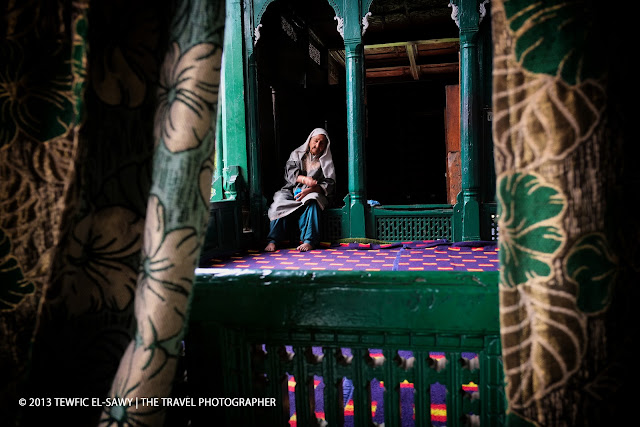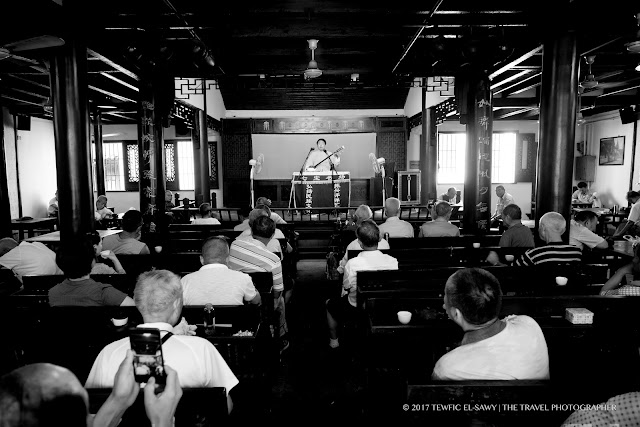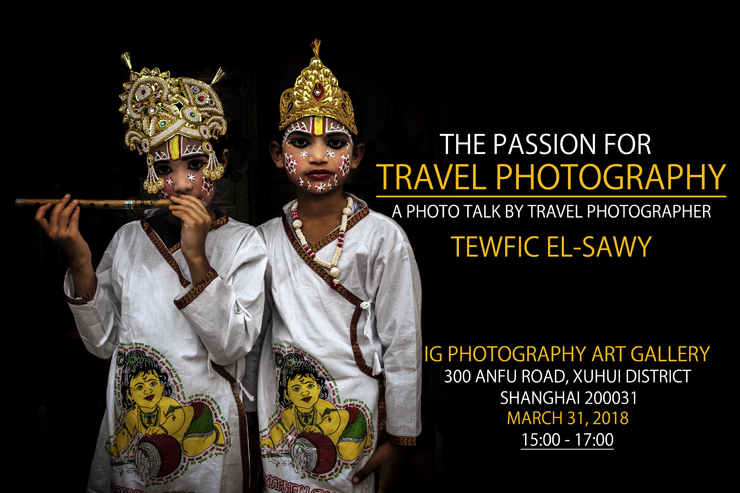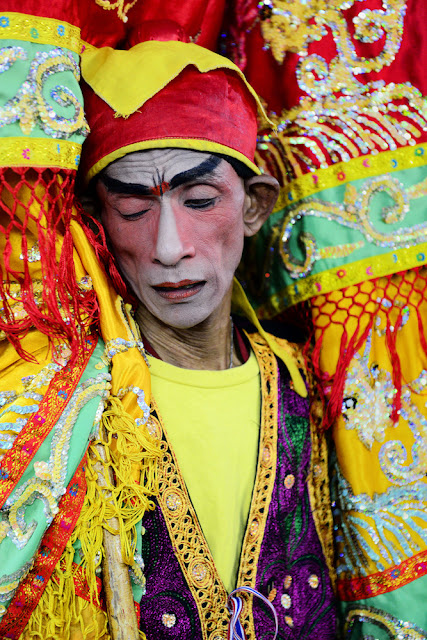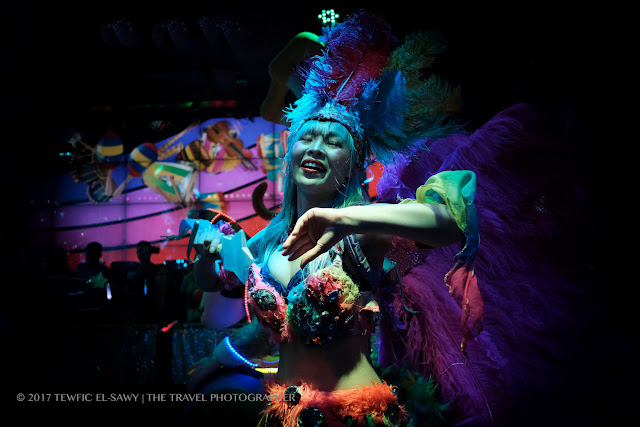Beyond The Frame | The Shinto Bride | Meiji Shrine | X-Pro2
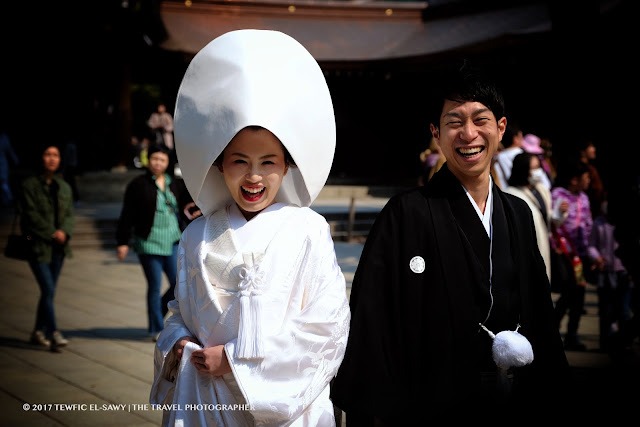
Photo � Tewfic El-Sawy | All Rights Reserved It's a real shame that the traditional Shinto wedding ceremonies in Japan have dropped in popularity in the recent years, and that these only represent 20% of all weddings in the country, dropping from 70%. The drop may have to do with Japan's modernization, but it may also have to do with the high costs to set up Shinto weddings. These photographs of a Shinto wedding ceremony were made at the famous Meiji Shrine, located in Shibuya, Tokyo; the Shinto shrine that is dedicated to the deified spirits of Emperor Meiji and his wife, Empress Shoken. There were a number of photographers surrounding the couple, including the wedding photographer who seemed resigned that 'poachers' were on his turf. I don't remember what I did to earn the couple's unbridled laughter, but it might have been my atrocious Japanese pronunciation in wishing them well...or my elbowing my way through the cluster of people with mobile phones trying

